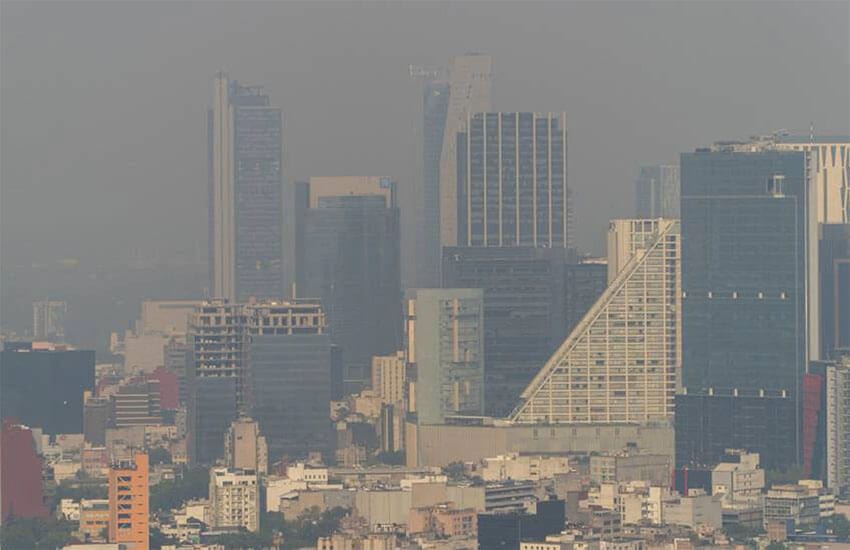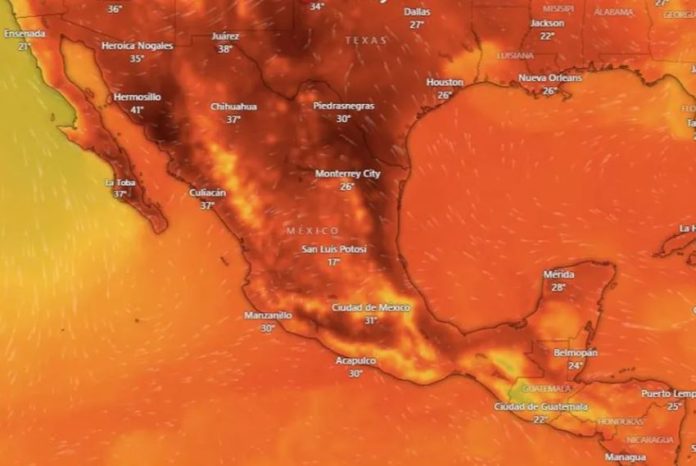Brace yourself for a hot spring and summer this year in Mexico.
The National Meteorological Service (SMN) has predicted that Mexico will experience five heat waves between March and July, which are likely to exacerbate the ongoing drought conditions in various regions.

Furthermore, the meteorological agency expects 2024 to be hotter than 2023 — when Mexico saw four heat waves — with temperatures potentially exceeding 40 degrees Celsius (104 F) in certain areas.
According to the SMN’s forecast, Mexico could experience one heat wave in March, two in April, one in May and one in June. While all states in Mexico will be affected by the scorching temperatures, the northern states of Sonora, Baja California, Coahuila and Nuevo León could experience even stronger ones, while the Yucatán Peninsula could experience higher levels of humidity.
Meanwhile, according to the Environmental Commission of the Megalopolis (CAMe), an intergovernmental coordinating agency which oversees environmental protection in Mexico City and neighboring states, the capital could see between three and eight environmental alerts in 2024 due to heat waves and atmospheric ozone.
“We find the highest concentrations [of ozone] in April and May; during this ozone season elevated particle levels are also registered, above all PM10 particles as a result of drought conditions in the environment,” said CAMe director Víctor Hugo Páramo. Mexico City experienced six such environmental alerts in 2022 and three in 2021.

A heat wave is a period of at least three consecutive days of above-average temperatures, defined according to location. This phenomenon occurs when very warm masses of air enter or stay in an area for an extended period of time. Heat waves can impact agriculture, forest fire incidence and drought.
Overall, weather conditions in the first part of the year may be drier and hotter than usual due to the last remnants of the El Niño phenomenon, a naturally occurring weather pattern that causes higher-than-average sea surface temperatures in the tropical Pacific region. It occurs every two to seven years with varying intensity.
A strong El Niño can lead to warming of the atmosphere and changes in circulation patterns around the world. According to the National Oceanic and Atmospheric Administration (NOAA) in the United States, El Niño will likely finish by April, giving way to La Niña between June and August.
While El Niño is the warm phase of a climate phenomenon called the El Niño-Southern Oscillation (ENSO), La Niña is the cold phase. Historically, El Niño tends to appear before La Niña; both affect climate all over the world and can cause intense storms and other extreme weather events.
With reports from El Universal, Meteored, Infobae and UNAM Global
